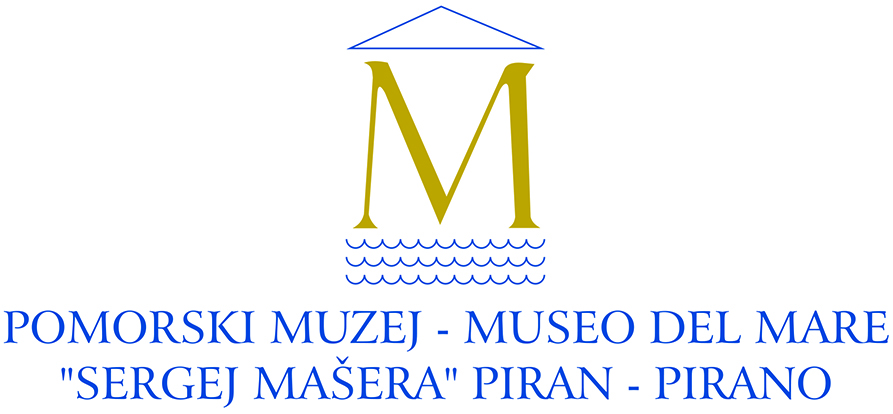

Important information
String Quartet Tartini
Soloist: Štefica Stipančević, soprano
Programme:
Marij Kogoj: Three Songs for Voice and String Quartet
Slavko Osterc: String quartet in A minor
Slavko Osterc (arr. Alojz Srebotnjak): Four Tunes from Bela krajina for Voice and String Quartet
***
Lucijan Marija Škerjanc: String quartet no. 5
Demetrij Žebre: String quartet
The form of the string quartet that first emerged in the Classical period incorporated some of the most modern musical elements as it developed within the kaleidoscope of expressive dimensions in the twentieth century. Slavko Osterc (1895–1941) discovered and adopted them while studying composition in Prague between 1925 and 1927, a period that represented a significant turning point in his creativity. Osterc’s stylistic shift from the Romantic to the modern is also evident in the string quartets he wrote before and after his stay in Prague. His String Quartet in A minor is an early work composed in 1923. The String Quartet by Osterc’s pupil Demetrij Žebre (1912–1970), composed in 1935, was extremely well received by critics, not only in Ljubljana but also in Prague and Warsaw, thanks to its new sonorities and colours. Osterc’s chamber music includes numerous compositions for voice and various ensembles. Four Tunes from Bela krajina were originally written for voice and piano and arranged for voice and string quartet by Alojz Srebotnjak (1931-2010). If Slovene musicians and listeners had the opportunity to hear, at home, contemporary European stylistic trends in the 1920s and 1930s, this was not only due to Osterc but also to Marij Kogoj (1892–1956). A misunderstood and ambitious fighter for musical development who ceased composing at the age of 40 when he succumbed to mental illness, Kogoj left a powerful mark on Slovene musical history. His Three Songs for Voice and String Quartet, composed in 1921, were settings of texts by Oton Župančič, Cvetko Golar and Dragotin Kette. In contrast to the bolder and harsher musical language of Kogoj and Osterc, another musical direction was pursued in Slovenia by the compositional school of Lucijan Marija Škerjanc (1900–1973). Although we also find expressionist tendencies and examples of twelve-tone technique in Škerjanc, his aesthetic orientation was based more on the musical tradition of the past. His deep respect for tradition may also be heard in his String Quartet No. 5, his last quartet, composed in 1945 with a traditional fourmovement structure, which draws on the masters of the second half of the nineteenth century. These string quartets by leading representatives of Slovene musical creativity between the wars will be performed by the Tartini String Quartet – ambassador of Slovene culture in concert venues around the world – and the outstanding young soprano Štefica Stipančević. The audience at this concert will also have the opportunity to hear the sound of a famous violin that once belonged to Giuseppe Tartini himself and is kept in the house of his birth in Piran.




